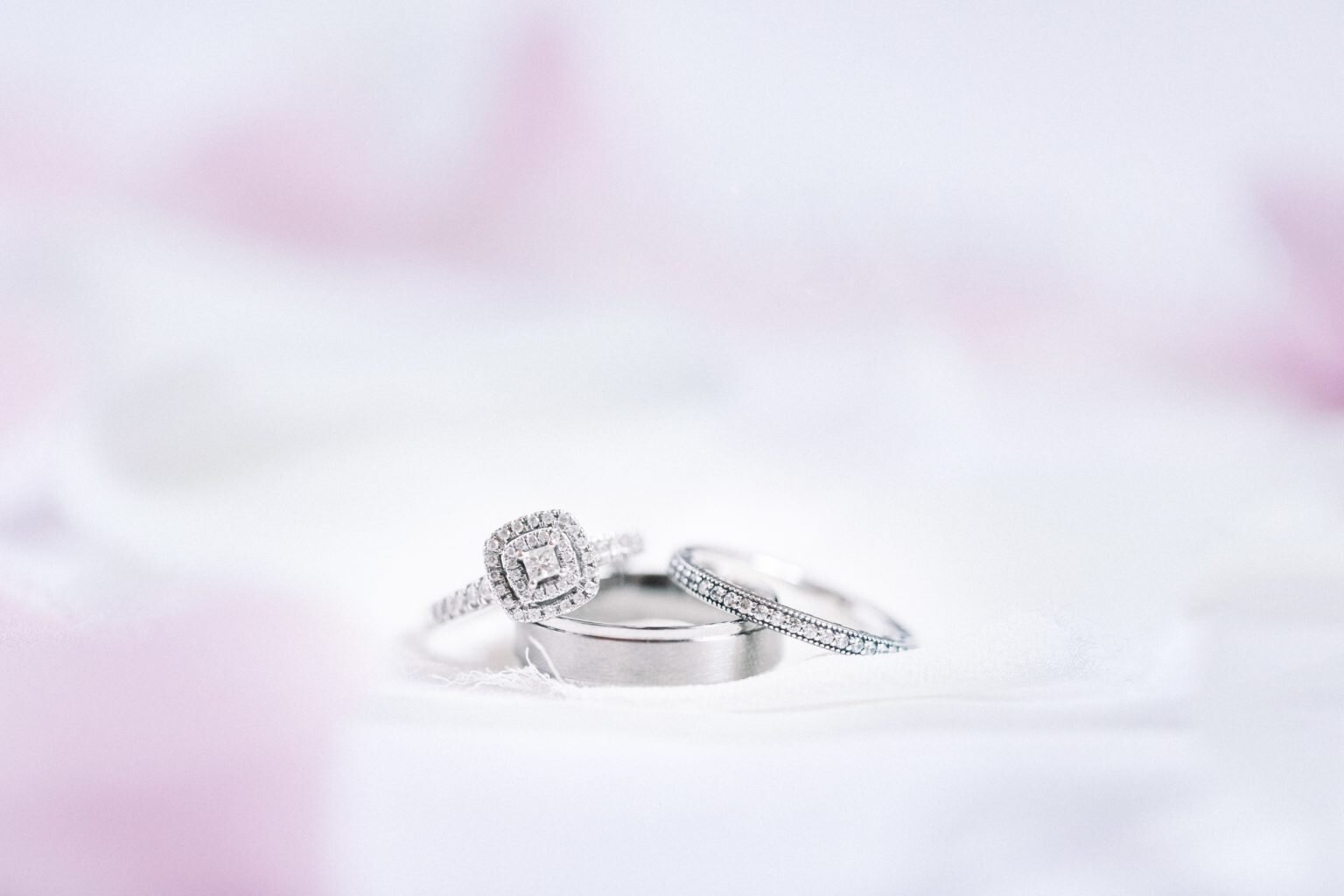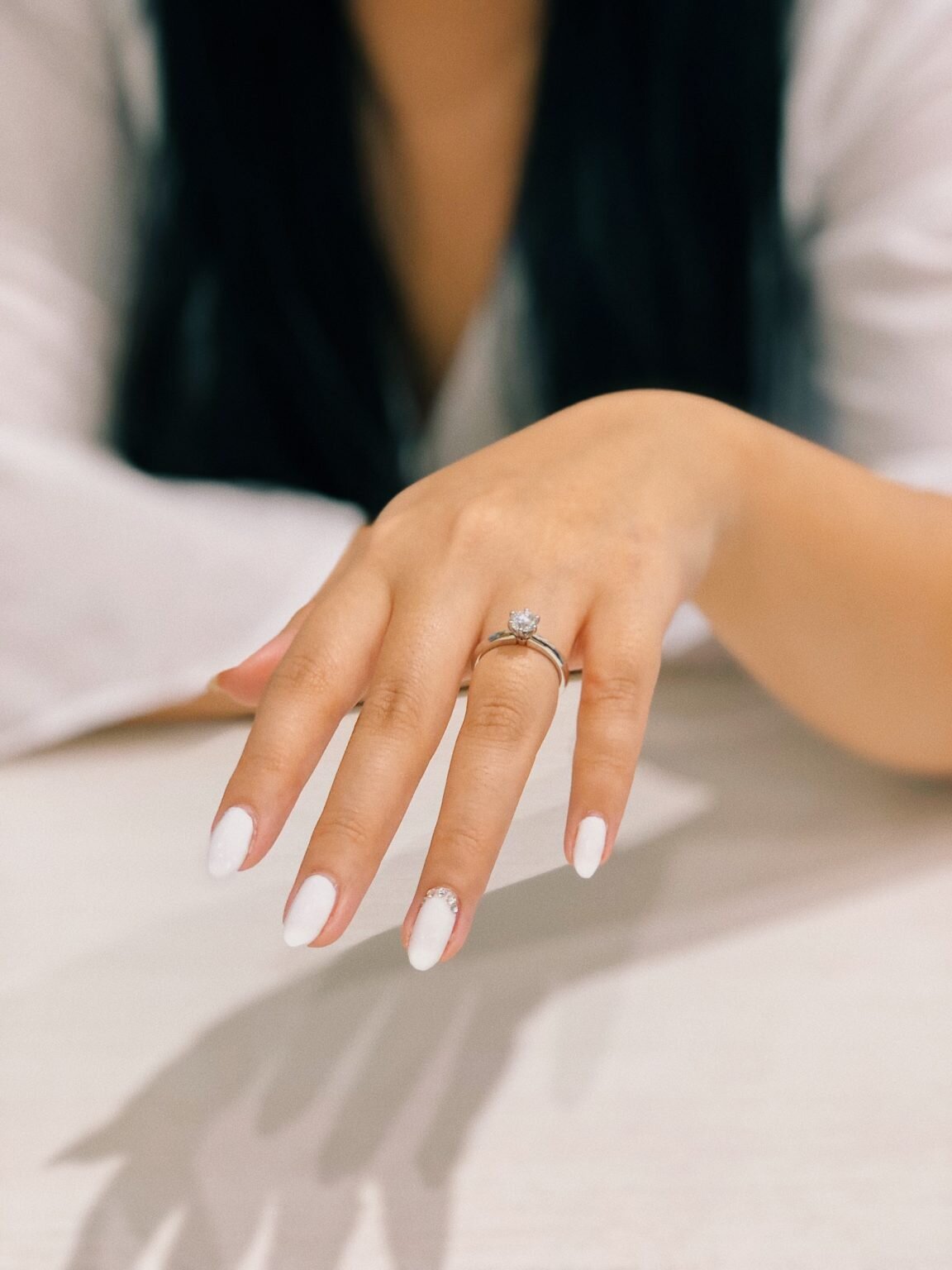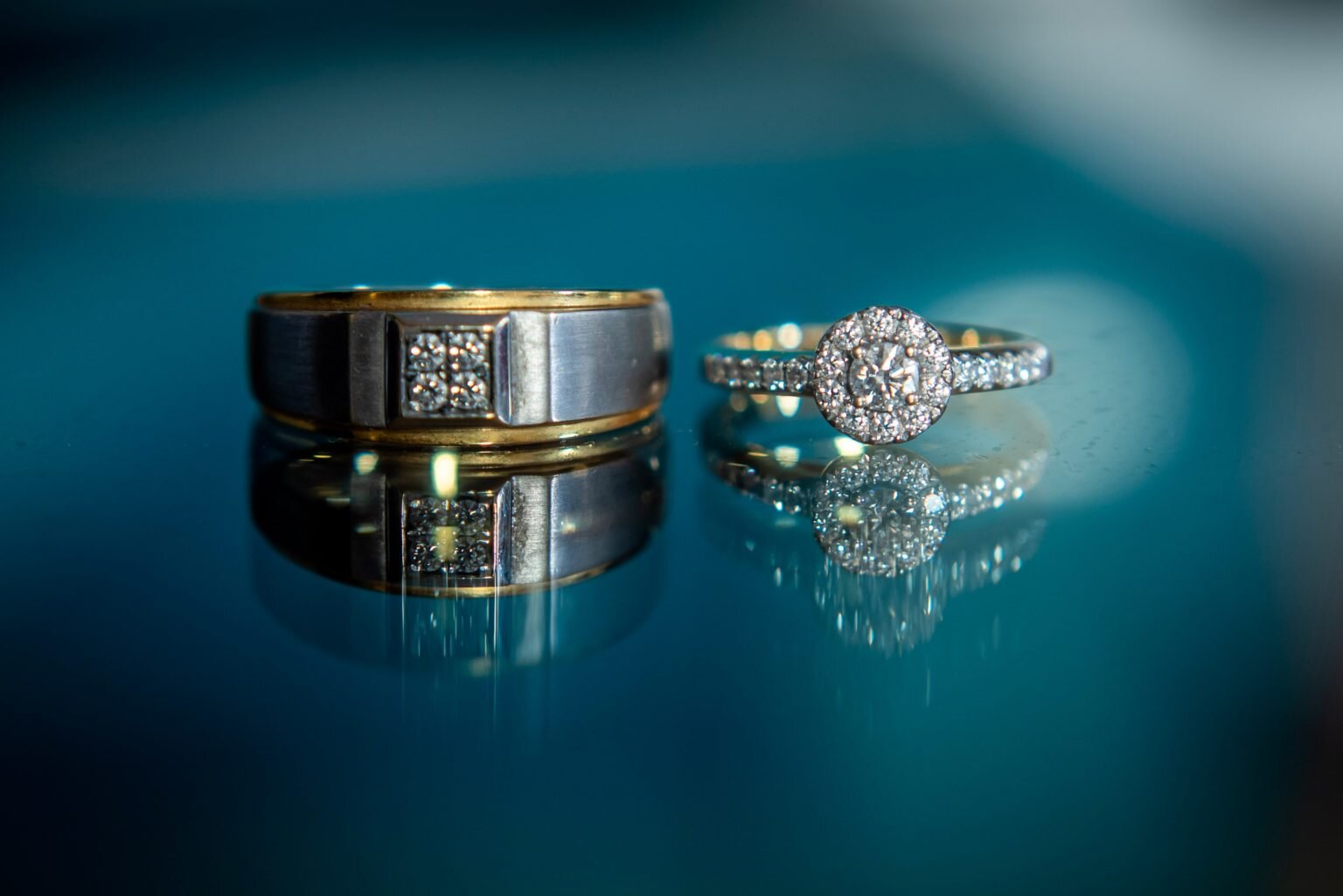The Process of Grieving
Grief is one of the normal experiences we go through when losing a departed loved one, whether it is a family member, a friend, or even a pet.
We often have different ways of coping with this grief. Some people need to express their feelings and would like to talk to their family members and friends regarding the pain they feel. Others try to forget the sadness they are experiencing by constantly working or immersing themselves in creative activities.
Those who feel extremely depressed might seek the help of a psychiatrist or attend bereavement therapy sessions. There are other people who would go to yoga classes to help clear their minds, or travel to different places. There is no one clear solution to help someone move on from this tragic part of life.
Let us take a look at the five stages of grief to better understand how people normally cope with the death of a loved one.
CONTENT
The 5 stages of grief
__
In her book On Death and Dying, Swiss psychiatrist Elisabeth Kübler-Ross said that there are five stages of grief that a person goes through. This is also known as the Kübler-Ross model. The length of time in experiencing these stages of grief varies from one person to another. These are the following:
Death and isolation
Anger
Bargaining
Depression
Acceptance
DENIAL AND ISOLATION
__
Denying the event that took place is one of the first things we do when we find out that someone has died. “This is not happening,” is one of the first things that come to our minds when we hear of it. We normally feel numb or shocked with what happened. Most of the time, people in this stage of grief have no idea how to express their feelings. They cannot respond to the situation properly because they are still processing what happened.
Denial is considered a form of defense mechanism because we still do not want to face the situation. This first stage of grieving helps us cope with the loss. As much as possible, we tend to block the words other people say. We may think that life has no meaning anymore because a loved one has died.
This is the stage where people also prefer to isolate themselves from everyone else because they feel overwhelmed. They need the time and space for the reality to sink in.
ANGER
__
Anger is the second stage of grieving. When you realize what is happening, you start experiencing the pain of losing that person. We become vulnerable, and this is the stage where we experience the most intense emotions. This is when people are most likely to say, “Who is to blame?” and “Why would this happen to me?”
Normally, you will feel helpless and get frustrated as a result. This will lead to anger not just to other people surrounding you, but even to a higher power. You might even question God on what happened and say that there people out there who deserved to experience this, not you. In some cases, you might even get angry with your deceased loved one for leaving you behind.
If your loved one died because of an illness, you may direct your anger to your doctor. You may feel that he/she has not done enough to save your loved one. It would be best to talk to the doctor about this, the illness, and why your loved one was not able to survive, instead of completely resenting that person for the rest of your life.
This is the stage where people feel abandoned. They do not think there is anyone else out there to help them.
BARGAINING
__
Bargaining is the third stage of grieving. This is the part where we often use the following statements to regain control instead of feeling helpless:
If only we had sought medical attention sooner…
If only I got a second opinion from another doctor…
If only I spent more time with him/her…
If only I could go back in time to save him/her…
If only I took better care for him/her…
If only I had tried to be a better person towards him/her…
In this stage, people feel guilty because they believe they could have done something to save their loved one. They feel that they did not make so much effort for that person and dwell on that loss.
This is the part where we want to bargain with God or some higher power. There are times when people might say they will do anything they are asked to do as long as the person they love and care about will not be dead anymore. This usually involves a changed lifestyle for the person.
Kübler-Ross sees this as a weaker line of defense because we try to make ourselves feel better and reduce the pain by bargaining.
DEPRESSION
__
Depression is the fourth and most emotional stage of grieving. This is where they recognize death as a part of life. This is the time when they ask the questions, “Why should I bother when my loved one is not around anymore?” or “What is the point if we are all going to die soon?”
We usually see people who go through this stage become sullen, avoid people, and prefer to keep things to themselves. In other instances, grieving people are always crying, prone to moodiness, are experiencing sleeping issues and a decreased appetite. They would rather stay at home than mingle with other people.
There are two types of depression concerning the death of a loved one. The first type of depression one goes through is related to the loss of that person. Apart from the usual sadness because a loved one has died, these people will also worry on arrangements for the funeral, the costs they incur, and other important things to handle.
The second type of depression deals with the fact that that loved one is not around anymore. It is the part where we have to say our farewell to that person. This is a more subtle and personal way of dealing with loss.
There are people who can seek help from family members, friends, or even from professionals. Doing so may help them get to the last stage of grieving.
ACCEPTANCE
__
Acceptance is the fifth and last stage of grieving. This is not easily attained by most people that have lost a loved one (especially if the death was sudden, like an accident). This stage takes the longest among all the stages. Accepting the death of that person you care about may take place in weeks, months, or even years.
In this stage of grieving, we are most likely to have the following mindsets:
I will be okay.
I just have to accept it since I can’t just keep being like this for the rest of my life.
There is no use avoiding it; I will just have to prepare for it.
Unfortunately, most people assume that people are alright or that everything is okay at this stage. In fact, this is the part where try to make our lives go back to normal.
There is still sadness in this stage, but this is the part where you start moving on from your life. However, this does not mean that you are completely happy already. You just start accepting the fact that things cannot be changed anymore and handle these things in a calm manner.
THESE FIVE STAGES OF GRIEF SHOULD BE RECOGNIZED SO THAT IT WOULD BE EASIER TO UNDERSTAND A PERSON IN MOURNING.
__
These five stages of grief should not be considered in a linear manner since it depends on the grieving person. Some may go back and forth between these stages, or some stages may be skipped. This is the case when the death anniversary or birthday of the deceased will be approaching. We tend to remember the extreme sadness we have felt when our loved one has passed away.
There are instances when you may suffer from “complicated grief.” This is when your normal routine is disrupted or when you cannot get proper sleep. You may also feel like harming or blaming yourself for the death of your loved one. Attending therapy sessions can be helpful because these will help you come to terms with grief. Medicines like antidepressants can also be prescribed to make you feel better.
There are people who constantly drown themselves in alcohol, take drugs, overeat, or overwork to help ease the grief they are feeling. Be cautious with these activities because these are only temporary ways to numb your feelings. Getting addicted to certain substances or poor health will become even more harmful for you in the long run. You may also end up suffering from an emotional breakdown.
WAYS TO HELP YOU START THE ROAD TO HEALING
__
These are some ways that can help you deal with grieving better.
TALK TO OTHER PEOPLE.
__
This is one of the most common ways to cope with the mourning process. Talk to your family members and friends about what you are feeling. Spending time with them is much better than isolating yourself from everyone else. There are times when all you need is to be comforted and reassured that everything is going to be fine.
MAKE SOME TIME FOR YOURSELF.
__
Always keep in mind that mourning the loss of a loved one has no specific time frame. Do not rush this process since grieving is a natural thing to do when losing someone, especially if that person was an important part of your life. This will also allow you to see things from a different point of view.
TAKE CARE OF YOURSELF.
__
Eat healthy food as much as possible, such as fruits and vegetables. Exercising regularly and getting proper amount of rest and sleep will also improve your overall well-being. Avoid excessive drinking, smoking, or taking drugs. Not only do these activities have a negative effect on your health, you might even feel worse and become more anxious.
GET BACK TO DOING YOUR HOBBIES.
__
Doing things that please you such as reading books, watching your favorite movies and TV shows, and listening to music can help you cope with grief. If you have an active lifestyle, playing sports or taking yoga classes can help you clear your mind too. You also have the option to go to parks, visit museums, or travel to places that mean a lot to you.
JOIN A SUPPORT GROUP.
__
Joining a support group that assists other people mourning the deaths of their respected loved ones is another nice way to handle the grief. You are able to express the grief you went through while helping other people handle the same thing. This is also a nice way to see things in different perspectives and understand better how people cope with the loss of loved ones.
EVERDEAR & CO. CAN MAKE MEMORIAL DIAMONDS FROM ASHES.
__
One of the ways to help ease the pain is to memorialize your loved one. There are people who would like to keep the cremains of their loved ones close to them by keeping the ashes in a memorial urn at home. Other families would like to do something more special by turning the ashes into a tree, a vinyl record, or a reef. Or better yet, you can turn the memorial ashes into diamonds.
EverDear & Co. is a company specializing in the production of memorial diamonds from ashes. We believe that making diamonds from memorial ashes is a great way to keep your departed loved ones close. We are able to turn ashes into memorial diamonds through these three important stages:
Carbon extraction and refinement of the memorial ashes
Exposing the memorial ashes to HPHT
Cutting and polishing the memorial diamond from ashes
Our technology simulates the environment in which natural diamonds are created, which is through high pressure and high temperature (HPHT). The cremated ashes will be crystallized, resulting to memorial diamonds.
HOW MANY ASHES DO WE HAVE TO SEND TO EVERDEAR & CO.?
__
To make one memorial diamond, we will need 100 grams of memorial ashes. If you would like to own a diamond made from hair, we will require 2 grams of hair. If you would like a combination of the two, 50 grams of memorial ashes and 1 gram of hair will have to be sent to us.
You can click on the frequently asked questions section for more information.
HOW MANY COLOURS ARE AVAILABLE IN EVERDEAR & CO.’S MEMORIAL DIAMONDS FROM ASHES?
__
EverDear & Co. has three colours you can choose from when turning ashes to diamonds. These are yellow, blue, and colourless memorial diamonds from ashes. Yellow memorial diamonds take the shortest period of time to be produced, at only five to six months. On the other hand, blue and colourless diamonds from memorial ashes take longer, at seven to ten months.
MAKING MEMORIAL DIAMONDS FROM PET ASHES
__
It is not only people that we grieve for when they pass away. Some of us treat our pets as our best friends too. The loss may be even more significant if those pets of ours assist us in a lot of things (such as guard dogs or animals that assist people with disabilities).
EverDear & Co. can make diamonds from cremated pet ashes, regardless of the animal’s species. Dogs and cats are the most common pets turned into memorial diamonds, but you can turn small animals like rodents and birds into memorial diamonds too.
Turning their memorial ashes into diamonds is one of the best ways to memorialize them. When you hold a part of your beloved pet, you may feel as if your pet has never really left you.
TURNING MEMORIAL ASHES TO DIAMONDS COST
__
Most memorial diamond costs start at a thousand dollars. Because of these expensive memorial diamond prices, there are not a lot of people who have the opportunity to memorialize their departed loved ones in a beautiful way.
EverDear & Co. aims to make memorial diamonds from ashes affordable for everyone. We have the best and most competitive cost of memorial diamonds from ashes, starting at only A$1100!
We can offer low memorial diamond costs because of the advanced technology we use. Other factors that lead to EverDear & Co.’s best and cheapest prices in the market are the in-house operational and research activities of the company, and the absence of sales agents and other third-party distributors.
EVERDEAR & CO. OFFERS MEMORIAL JEWELLERY FROM ASHES.
__
EverDear can make memorial jewellery from the ashes of your loved ones too! We have several memorial jewellery designs that you can choose from and will best mirror your departed loved one’s personality. These are the following options:
At the same time, we have different types of memorial jewellery setting available, such as the prong setting, bezel setting, pave setting, tension setting, and halo setting.
You can click here for more information on these memorial jewellery settings.
THE PROCESS OF GRIEVING SHOULD NOT BE TAKEN LIGHTLY. TURNING ASHES INTO DIAMONDS, RESILIENT AND STUNNING GEMSTONES, IS A BEAUTIFUL WAY OF REMEMBERING THEM.
__
People go through different stages of grieving when they lose a loved one. At the same time, we also have different ways of handling this event in our lives.
Our diamonds from memorial ashes may help you feel better despite missing the presence of your loved one. Fortunately, EverDear & Co. can also make diamonds from cremated pet ashes.
We can even turn these memorial ashes into diamonds at low prices and with the additional services of mounting them into memorial jewellery as well.
The start the process of turning your loved one’s memorial ashes into diamonds, you can contact us here at EverDear & Co.’s website.
































